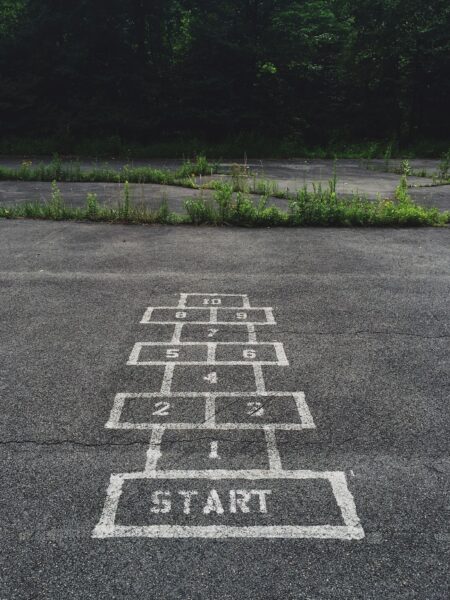For years I taught a 5/6 split. The students I had as fifth graders “graduated” into being sixth graders in my next year’s class. Half my class each year was made up of returning students; I called them my “vets.” Half my class was made up of incoming students; they were my “newbies.”
Now I teach a straight fifth grade.
Boy, I miss having a consistent roll up.
There are so many advantages to having a roll up or “looping” classroom.
ONE
When I taught in a roll up, I had every student for two years, increasing student-teacher connections. I saw more improvements. Kids who might be quiet the first year came out of their shell more the second year. They blossomed! They went from not wanting to answer a question in class to clamoring for us to take our class poetry readings on the road.
I remember one third grader announcing to me on the last day of school, “I hate doing work!” I watched him run to the bus and thought, We’ll see how long that lasts. It actually lasted all of fourth grade, but by fifth grade he turned the corner. He became a diligent student, happy to put in the effort because he loved seeing all the great things he could accomplish.
I can make a big difference in a single year. In two years I can do magic.
TWO
Students hit the ground running.
You know how you spend a long time in the fall teaching your class the routines and protocols of your classroom?
With a roll up I could do that so much faster.

I sat each vet next to a newbie. I’d say, “This is how we do a heading. Now vets, show your partner how it’s done.” Vets helped newbies organize their 3-ring binders. They showed their partners where to find things in the room. If I said, “These are the rules for accessing art supplies,” I’d add, “Vets, let your partner know anything I missed.” We’d do a quick share out. I’d remind everyone, “If you have any questions, ask a vet.”
I teach students how to use lots of technology: Word, Excel, PowerPoint, Brochures. I teach them how to create websites. Doing that is so much easier if half the class already knows the ropes! I can give a brief lesson and then say, “If you need help, any vet is available.” Can you see the difference between me trying to answer questions from up to 28 kids vs. me monitoring up to 14 kids getting help from 14 other kids? (And I’m always there for the questions none of the students can answer.)
Typically, vets swaggered in the first day of school with so much confidence, saying, “I know exactly what I need to do in this class this year. I’m going to nail it!”
Not only that, but we built a culture of caring and helping, of teamwork, right from the first day of school.
THREE
Parents know the routines too.
At my fall Curriculum Night, the last item of business was always, “If you are new to my class, please find a parent of a child who was in my class last year. If you have questions or concerns, they will be happy to help you.” New parents who questioned the demands of the class heard from buddy parents who said that their child felt overwhelmed at first, too, but now they were doing great.
I developed deeper relationships with parents, too, not just students. A year is a brief glimpse into the life of a student or a family. Two years not only gives you more time to see the growth of the student, it gives you more time to celebrate that growth with the family.
ANOTHER EXAMPLE
My teaching partners teach the third and fourth grade students in our self-contained Highly Capable program. They could choose to have one of them teach third graders and one teach fourth. But they adamantly refuse. Instead, each year they divide the third and fourth graders, each taking half.
They each teach a roll up. They wholeheartedly believe in all the benefits.
THE HERE AND NOW
Now seems like the absolutely obvious time to think about doing a roll up. You know how hard it is to maintain a connection with your kids via Zoom already, right? You know which kids have been engaged and continuing to do any school work. You know which kids have completely tuned out. You know where the holes are.
It’s something to consider.
How much easier will it be for YOU to scoop up your current students in the fall—and their families too—and say, “I know you. I’ve got you. We can do this!”